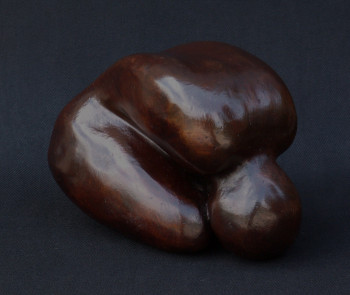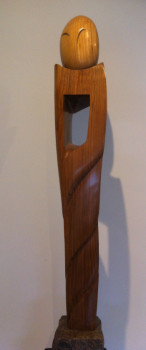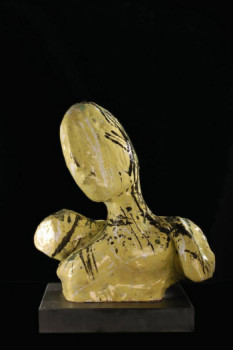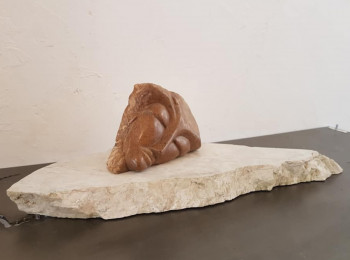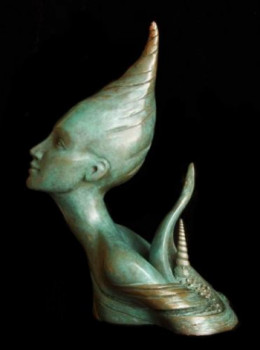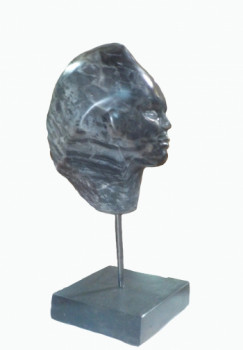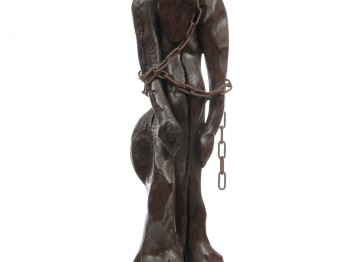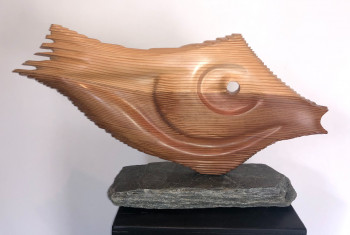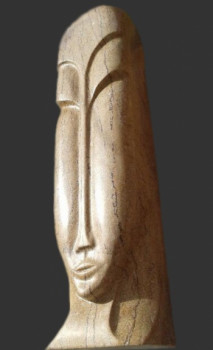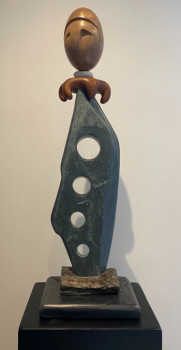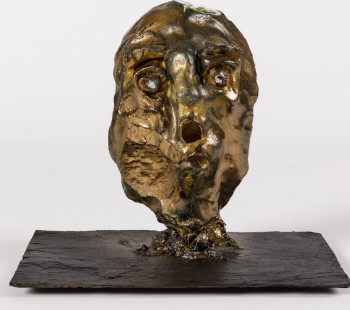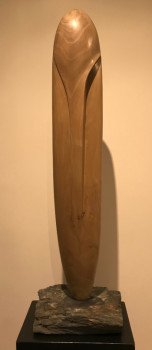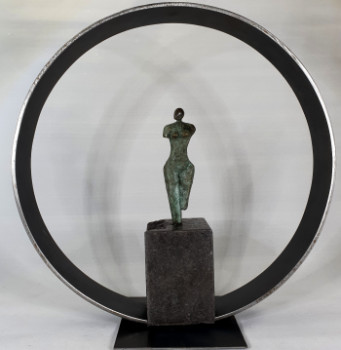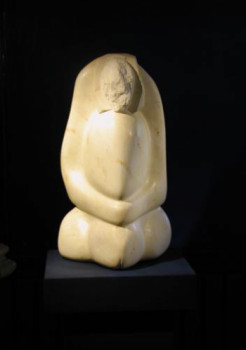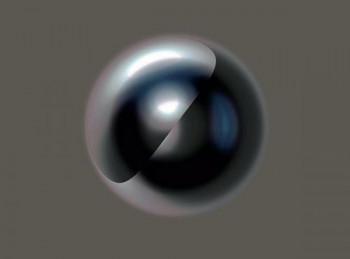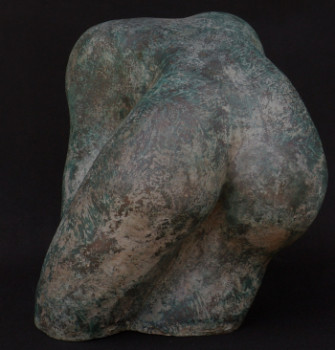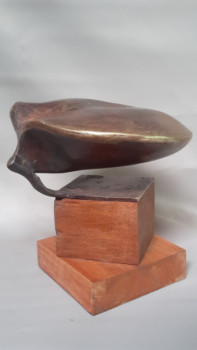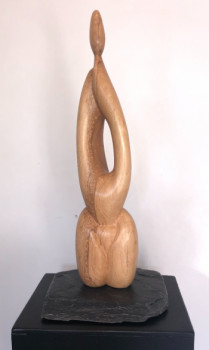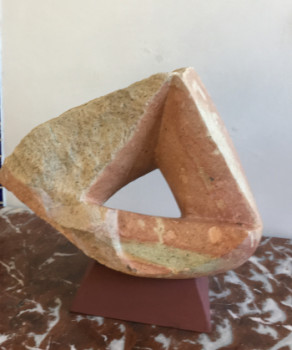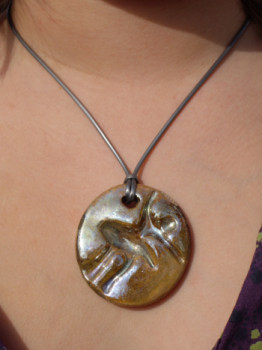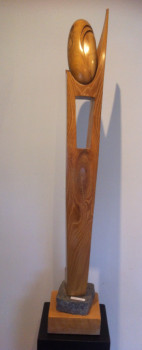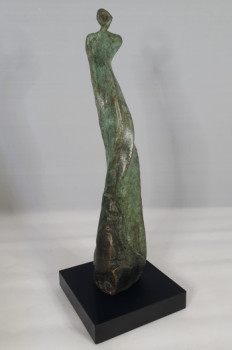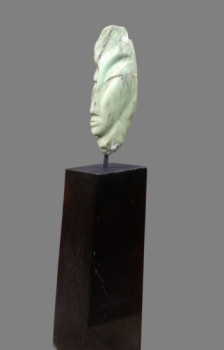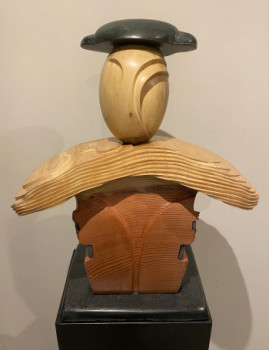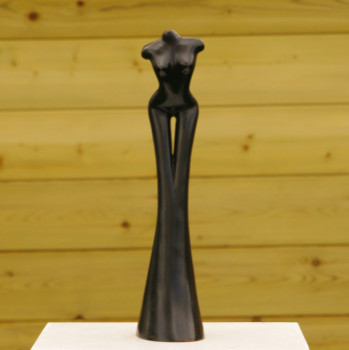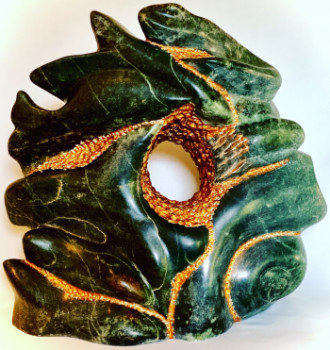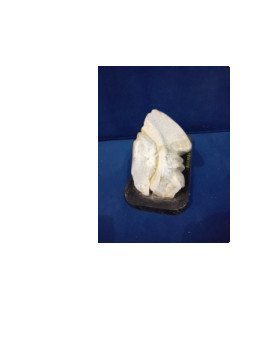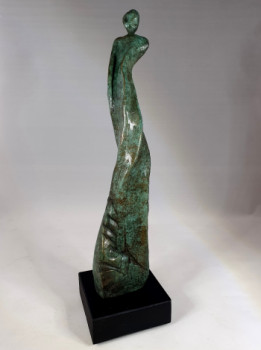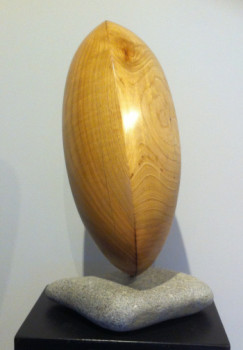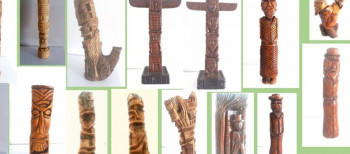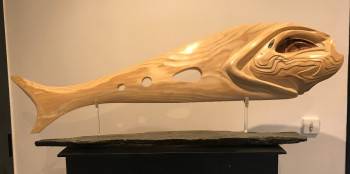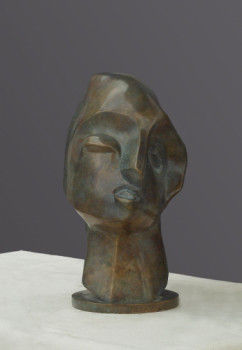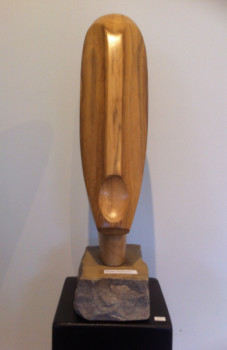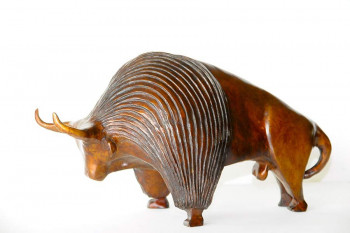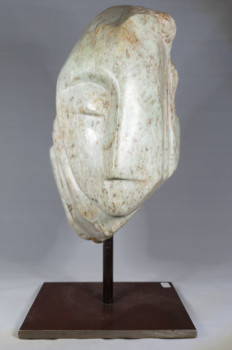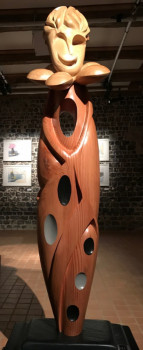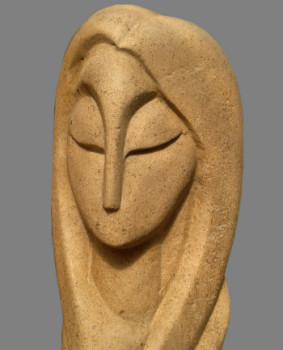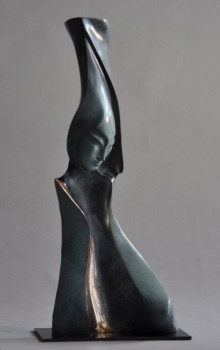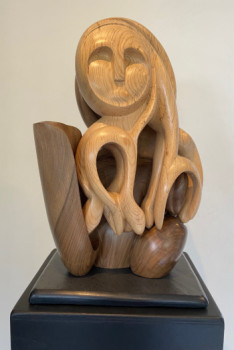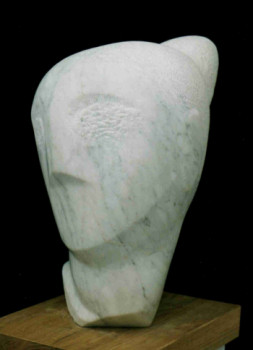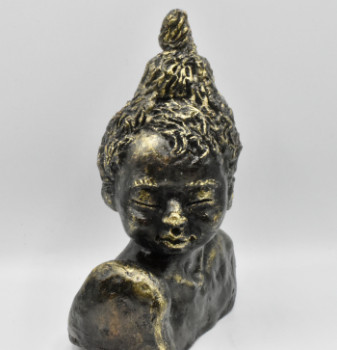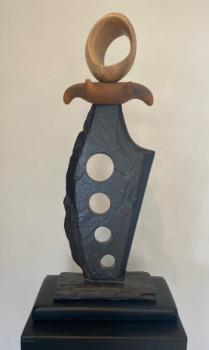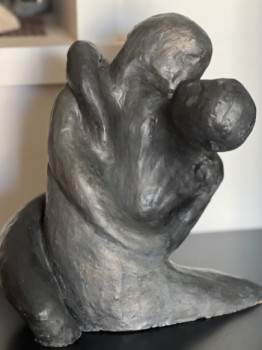
Brancusi, a renowned artist with humble origins
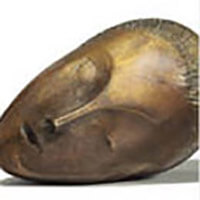
Considered a free electron in the world of art, Brancusi struggles to find his place in this or that artistic movement. Sculptor solitary, he, despite everything, left to the generations who succeeded him a rich, innovative and certainly unique heritage.
Romania as a cradle
Constantin Brancusi was born in a small peasant town, in the depths of Romania, in 1876. During his first years, life, nothing predestined this child to become a major artist of his time. His parents were modest farmers, who were unable to pursue great studies and lived very humbly off the land. His early youth took place peacefully, although often in difficult conditions, at the foot of the Carpathians. At the age of eight, his vocation seemed obvious, so his family accepted his departure from home. Brancusi then finds himself in a world that frightens him as much as it stimulates him, far from those close to him. He then enters the School of Arts and Crafts, located in Paris. Craiova. His studies lasted four years. In 1902, Brancusi graduated from from his school and can finally allow himself to dream big.
A new life Paris
In 1905, many artists dreamed of finding their place on the international scene. To achieve this objective, they know that Paris remains essential. This is how Brancusi begins a new chapter in his life, in the French capital. At the École des Beaux-Arts which he attended assiduously, his art caused a sensation and his teachers were full of praise for him. towards him. This fascination with him quickly went beyond the walls of the school and reached the ears of Rodin. He wants to meet him and, after admiring him, the work of young Constantin with his own eyes, he offers him the position of assistant. Brancusi accepts and leaves, alongside Rodin, Meudon. This experience had a profound impact on the sculptor.
Emancipation and flight of a master of sculpture
Two years later, Brancusi, grateful for Rodin's teaching, nevertheless wishes to follow Rodin's teachings. fly everything with its own wings. From this moment on, the sculptor emancipated himself and embarked on large-scale research work. His goal is to finally find what he considers essential: his true identity. artistic. In fact, each of his works undoubtedly become more intimate , more personal. The world then discovers what we will call his "unfinished works". These are fragments from human bodies, very strongly inspired by primitive art. The year 1908 became the anchor point for his art. He then tests the work:
- bronze,
- marble,
- stone.
His work focuses exclusively on the modeling of bare forms, whose simplicity is unique. reveals itself to carry emotions and a certain depth.
Exhibitions
The work carried out since 1908 has borne fruit. From the beginning of 1910, Brancusi was brought into the spotlight. exhibit his most emblematic works at the Salon des Independants. This collaboration will be frequent, regular and decisive for the future of the artist sculptor. For three years, his work is amply valued. and fully recognized.
Nature, a new subject of study
Between 1913 and 1920, a year in which he returned to his habits at the Salon des Independants, the sculptor found a new arc of work and renewed himself. After the study of human bodies, it is nature's turn to massively inspire Brancusi. This budding love implies a subtle and innovative evolution for the artist's sculptures. These creations then take much less figurative and much smoother forms.
A difficult artist classify
The era in which Brancusi evolves is one of contradictions, especially in the world of art. On the one hand, experts, like the public, like to classify the works and the artists. As is often the case, this reassures and allows standards to be established. At the same time, everyone is desperately seeking renewal and originality. This title, Brancusi is on everyone's lips. An Artist in perpetual quest for answers, inspiration and evolution, he delivers a large number of creations as varied as they are striking. Classifying one's work within a specific artistic movement is difficult and many give up. This does not take anything away from the talent of the sculptor, but there is no doubt that many people, both of them, of his time, found himself very disappointed. This side This elusive answer most certainly comes from the clever mixture that took place in in him throughout his life, know the memory of his peasant origins and his evolution as an accomplished artist from Montmartre.
Brancusi's main creations
The work that was accomplished by the sculptor is masterful. It brings together no less than 137 sculptures (all supports combined), 87 bases, but also a large number of paintings and drawings of high quality outstanding. this list of winners has already been achieved. impressive, it is relevant to add a collection of 1600 plates photographiques glass, found after his death, in his workshop.
His major works
Among all his creations, some have radically left their mark on the world. their time. This is particularly the case for:
- The Kiss, 1907,
- The Sleeping Muse, 1910,
- Madame Pogany, 1913,
- The Newborn, 1915,
- The Bird in Space, 1923,
- The Endless Column, 1937.
When he talks about his work, Constantin Brancusi likes to say: "Simplicity is not a goal in art, but we arrive at simplicity, despite ourselves, by approaching the real meaning of things".
The Brancusi Legacy
Constantin Brancusi died in 1957, but thanks to his talent, Brancusi leaves behind unique sculptures, known throughout the world. In his native village, he also left his mark. The house in which the artist was born was preserved and transformed into a museum. This is how a significant part of the artistic culture of the 20th century found its way into a small plot of land in the Romanian countryside.
Découvrez quelques oeuvres inspirées de Brancusi
